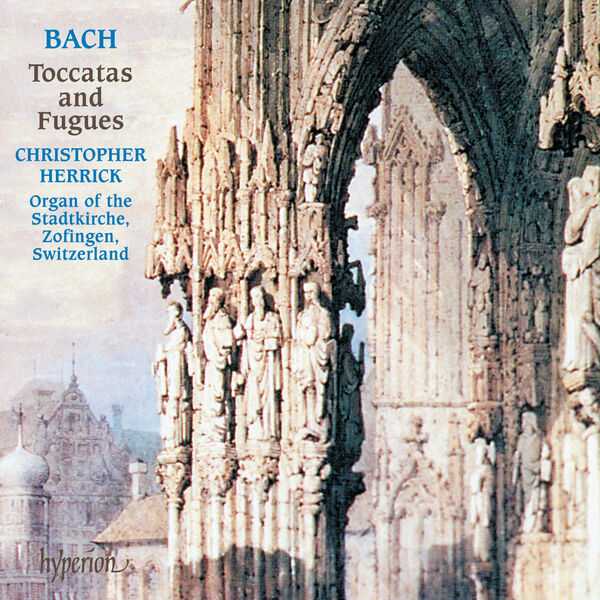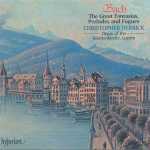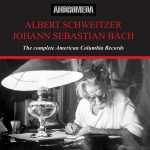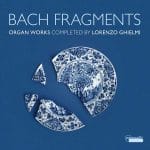
Composer: Johann Sebastian Bach
Performer: Christopher Herrick
Format: FLAC (tracks)
Label: Hyperion
Catalogue: CDA66434
Release: 1990
Size: 253 MB
Recovery: +3%
Scan: yes
Toccata & Fugue in D minor, BWV565
01. I. Toccata
02. II. Fugue
Toccata, Adagio & Fugue in C major, BWV564
03. I. Toccata
04. II. Adagio
05. III. Fugue
Toccata & Fugue in F major, BWV540
06. I. Toccata
07. II. Fugue
Toccata & Fugue in D minor, BWV538 ‘Dorian’
08. I. Toccata
09. II. Fugue
Passacaglia in C minor, BWV582
10. I. Passacaglia
11. II. Fugue
This recording of Bach’s Toccatas and Fugues was originally released in 1990 as part of Christopher Herrick’s series of the complete organ works of Bach for Hyperion, recorded on modern-built Metzler organs in Switzerland. The organ in this particular instance, in the Stadtkirche of Zofingen, is based on the church’s original Romantic-era organ. The primary difference between a Romantic-era organ and one of Bach’s time is the greater tone colors available through more stops and more control over crescendos. The difference would be analogous to the difference between performing Bach’s music on a piano versus on a harpsichord. It forces every performer to decide how s/he is going to approach the music: should it be performed more as if the instrument didn’t have those extra capabilities or should those be used to enhance the music somehow? In Herrick’s case, he leans toward a more conservative approach, using stricter tempos — not excessive rubato — and creating differences in volume mostly by changing the stops and registers used. The famous Toccata and Fugue, BWV 565, that begins the program, is, therefore, not the blusterous piece that many recognize. It’s a more thoughtful and considered reading, more in keeping with what Bach would have expected. It allows the listener to easily appreciate and enjoy the intricacies and ingenuity of Bach’s writing without superfluous drama. Most of these works are in a minor mode, but Herrick does not make them as somber as some might, again making the most of the contrapuntal features rather than trying to create a mood, but also keeping it interesting. The Toccata, BWV 564, might even be characterized as a carefree impromptu here. The variety of music over the repeated, sarabande-like bass line of the Passacaglia and Fugue, BWV 582, is fascinating. Herrick shows what is important in these pieces, while making them eminently agreeable.



